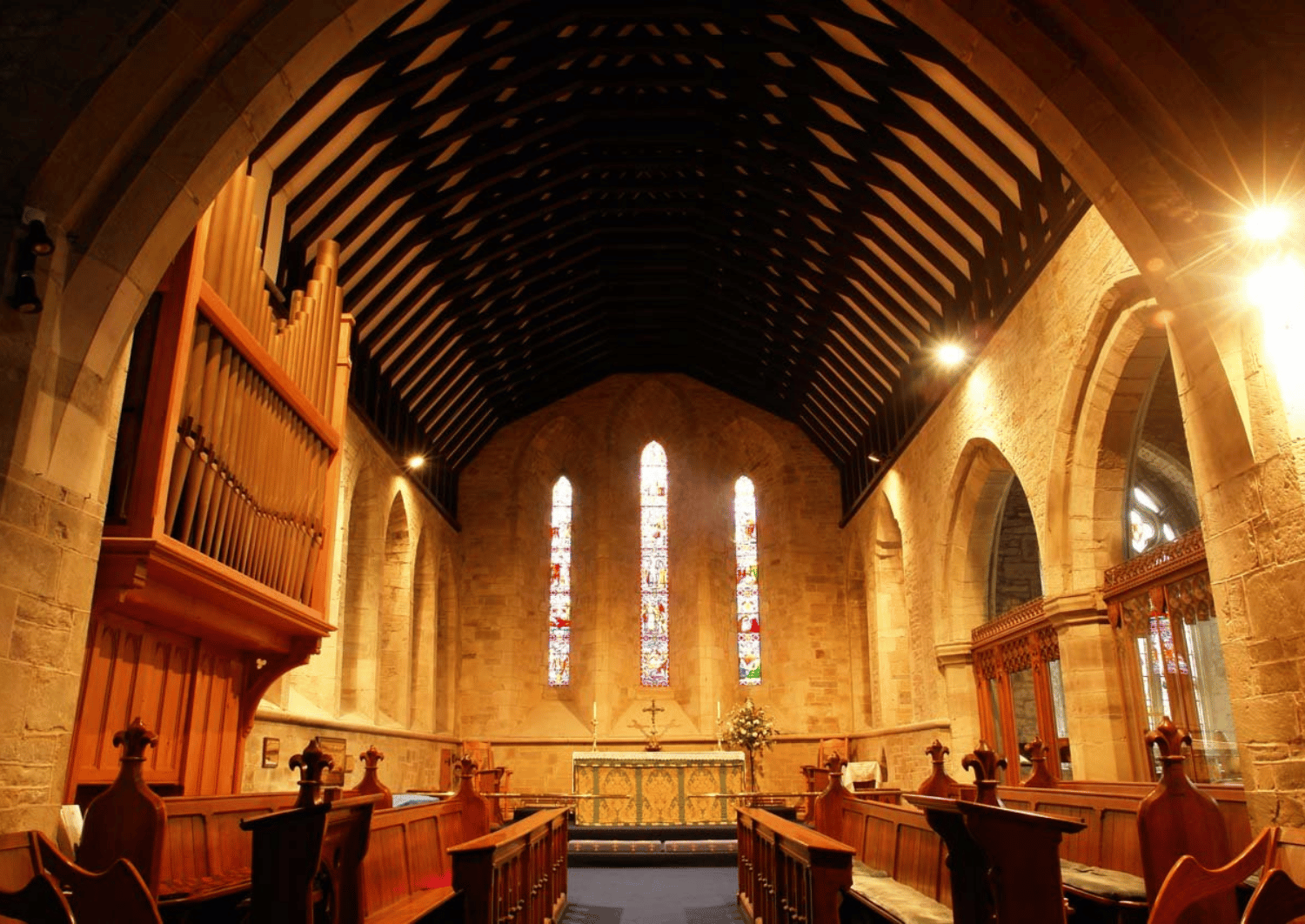
As the Church of England dashes towards the ambitious target of Net Zero Carbon by 2030, parishes across Hereford Diocese are encouraged to explore the Energy Footprint tool to help identify the change required to transform historic buildings into energy-efficient spaces for worship and community use. The journey towards sustainability is challenging for the diocese's many Grade I and Grade II church buildings. Typically, heating these ancient spaces can account for a significant percentage of energy consumption and a similarly large chunk from the annual parish budget, making it a hot topic of conversation at PCC meetings and filling endless columns in some national newspapers.
Nick Cooke, PCC Treasurer at St Mary’s Church in Kington, explains the reasons for embracing the call to achieve Net Zero. “From a Christian, as well as a practical point of view, it’s important for the planet to seek Net Zero. We want to do this from a Christian perspective because the Bible teaches us to care for the earth, and we absolutely should do it.”
St. Mary's began the journey to tackle its carbon footprint before the EFT was introduced. Nick and the local team were motivated by financial as well as environmental priorities.
"We knew our heating bills were significant, and as a former physics teacher, it made sense to me that our current system was hugely inefficient.
“The old gas heating boiler can be turned on for several hours, and the church is barely warmed.” In a recent experiment, Nick put the heating on at midnight to see if it got warm in the Church building when the Sunday Service began at 10 am. He noted “the overall temperature in the building was barely affected by 3* degrees over those 10 or more hours. I have tracked how much we’ve spent on heating since 2022, when our bill was over £9000 for the year. Over the course of the last few years, we’ve been able to reduce this a little. Installing a hive thermostat system allows us to monitor the temperature and usage more efficiently, but doing away with the old timing system didn’t improve energy efficiency. We’re still spending a significant sum of money every year on a system which is having little impact. We have a large gas main, which incurs a standing charge of a bit less than £2,500 per year, whether we use the heating or not. This is in addition to the energy cost of over £200 a month in the winter. What we need is to heat the people, not the church building.” He explains.
He goes on, “We have completed the EFT and whilst I understood what was happening, the tool reinforced what we thought, it gave us a G energy rating – the lowest level of energy efficiency. It helps us work through the changes we need to make, and it has confirmed my observations."
Nick notes that for many, using an online tool might feel initially quite daunting, but he offers encouragement to make use of the online guides that show you exactly what to do.”
Stephen Challenger, Hereford Diocese's DAC Secretary adds " Net Zero isn’t going to go away, it’s something we need to embrace."
"The 2030 Net Zero target might seem daunting and environmentally friendly solutions impractical or overly expensive," reflects Nick, "but we've decided that we must embrace change and we're happy to share our experience of using the EFT with other parishes just beginning their journey."
“The story of St. Mary's Kington represents just one parish journey, and each one will be unique”, adds Stephen. The Diocese's property team is learning how to support parishes, encouraging more PCCs to complete the energy footprint tool.
For churches considering whether to bother with the need to achieve Net Zero, the Diocese recommends starting with the energy footprint tool, which will audit usage and help local teams develop a clear action plan. While the upfront costs of energy efficiency improvements might appear significant or too much, the long-term benefits – both environmental and financial – make such investments increasingly necessary for the sustainable future of church buildings.
As more parishes across the Diocese begin their Net Zero journey, the value of understanding the carbon footprint of a historic church building is an easy step towards embracing the climate crisis while continuing to serve their communities missionally.